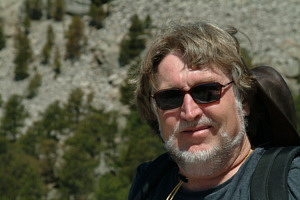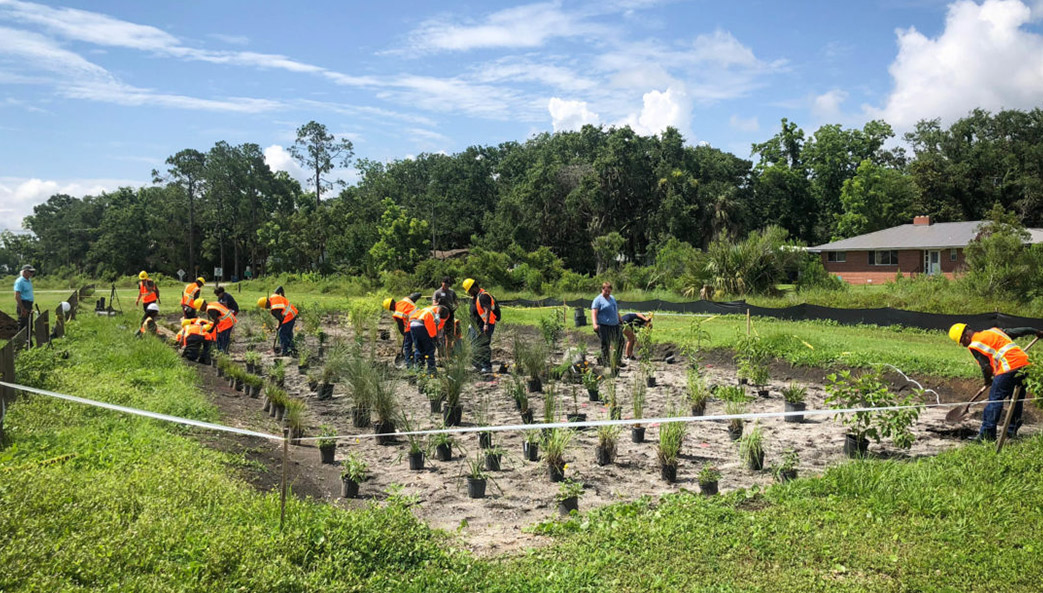The November 2018 wildfires in both northern and southern California—including Camp Fire, the state’s most destructive blaze ever—spread over 250,000 acres, killing 89 people and destroying more than 20,000 structures.
What caused them, why were they were so devastating and what can be done?
The answers are wind, people and planning, according to Jon Keeley (PhD ’77), a research scientist with the U.S. Geological Survey in California. He was a professor of biology at Occidental College in Los Angeles for 20 years and now is an adjunct professor at UCLA, where he investigates historical fire patterns and their relationship to climate and urban development.

Keeley’s latest research defines the past, present and future of wildfires for wildlife and human communities and looks at environmental change and fire. Large fires aren’t entirely preventable, he says, but they can be better managed.
Large fires are either fuel-driven or wind-driven, and the November 2018 California wildfires were wind-driven, Keeley says. California has an annual period of extremely high winds in the autumn, averaging 30 to 40 miles per hour, with gusts over 70 miles per hour. And with humidity typically very low then, often less than 10 percent, the stage is set for massive fires.
“These winds occur at a time when it’s the worst possible conditions,” he says.
Physically, such fires are driven by wind, but population is a major problem. More than 99 percent of the California wildfires are started by people, accidentally or otherwise, Keeley says.
“The winds aren’t changing; we get those winds every single autumn. What we’re seeing is an increasing number of these fires, in part because we’re seeing an increase in population,” he says.
A good illustration is the Sonoma fires in October 2017.
“What changed is that the City of Santa Rosa in 1964 had 30,000 people; in 2017, it had 170,000 people,” Keeley says. “And when you increase your population five-fold like that over 50 years, you increase the chances that somebody, somehow is going to ignite a fire during those wind events. And you have more people that are at risk for being affected by the fire because the towns tend to grow outward into the wild land area.”
As for what should be done, Keeley recommends more regional planning of communities and limiting where growth occurs.
“What’s different about fire, it’s a hazard just like earthquakes and floods, but people have never felt like we could control earthquakes and floods,” he says. “And as a result, what they did was they forbade people to build in certain areas, such as earthquake faults and flood plains. So they used zoning restrictions to solve that problem.
“With fire, planners have long had the belief that the state and federal government will stop the fires from reaching their communities, so they didn’t zone for fire hazards. And we now have many decades of evidence that that thinking is wrong. So I think it’s time that we start thinking of fire zoning and restricting where people build.”
Keeley also advocates putting more power lines underground, given that there has been an increase in fires caused by power lines that fail.
“With power line fires, that’s a whole new avenue where we can reduce the threat of ignition during extreme weather events. And it’s mainly because power lines fail during extreme winds,” he says. “As a result, they’re responsible for some of the worst fires that we have.”
Keeley acknowledged that utility companies generally oppose putting lines underground because it is expensive.
“But paying for the mitigation after these fires is extremely expensive, as well,” he says.






